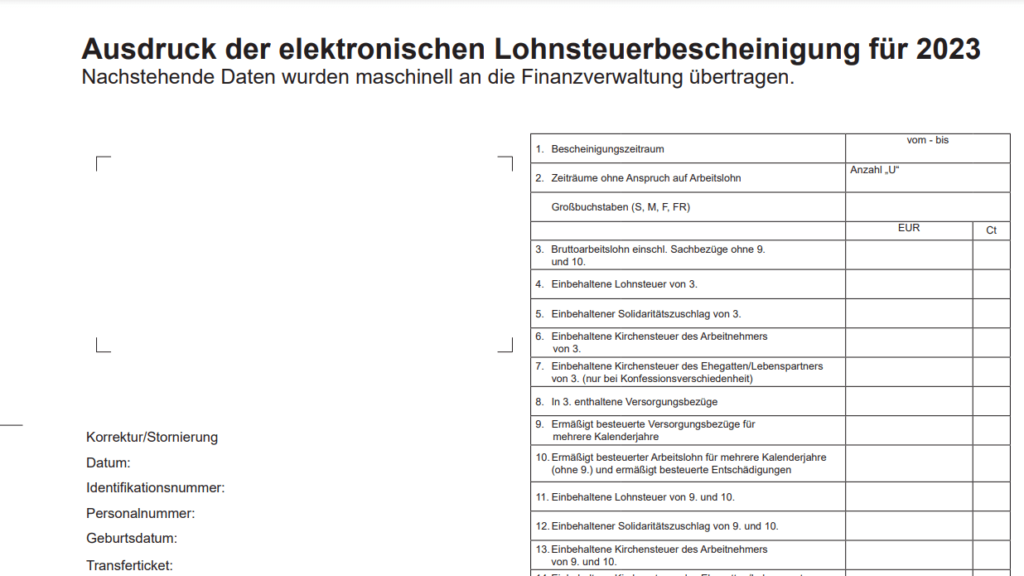Germany, known for its rich history and cultural diversity, is home to a unique financial system that intertwines church and state. At the heart of this system is the “Kirchensteuer” or church tax, a distinctive levy imposed on members of recognized religious communities. In this article, we will delve into the intricacies of Kirchensteuer, exploring its origins, mechanics, and its impact on both individuals and religious institutions.
1. The foundations of Kirchensteuer
1.1 Eligibility and Registration
The Kirchensteuer system applies to members of recognized religious communities, with major Christian denominations being the primary beneficiaries. When individuals register their residence in Germany, they declare their religious affiliation, automatically enrolling them in the church tax system.
2. The mechanics of Kirchensteuer
2.1 Tax rate for Church tax(Kirchensteuer) in Germany
The church tax is calculated as a percentage of an individual’s income tax liability. While the exact rate varies by federal state, it typically hovers around 8-9% of the income tax. This unique taxation mechanism allows religious communities to receive financial support directly through the state’s tax collection process.
2.2 Collection mechanism
The state acts as the intermediary in collecting the church tax on behalf of religious communities. During the income tax collection process, the determined percentage is allocated to the respective religious community based on the individual’s declared affiliation.
2.3 Opting Out of Church tax(Kirchensteuer) in Germany
For those who choose not to contribute to the church tax, a formal declaration of withdrawal, known as “Kirchenaustritt,” is required. By opting out, individuals renounce their membership in the religious community, alleviating them from the obligation to pay the church tax.
3. Implications and Usage of funds
3.1 Use of Church tax funds
The funds collected through Kirchensteuer play a vital role in sustaining the activities and institutions of religious communities. From the maintenance of historic churches to the support of religious education and the salaries of clergy, these funds contribute to the vitality of religious life in Germany.
3.2 Consequences of Non-Payment
Non-payment of the church tax can lead to consequences within the religious community itself. Individuals may face the loss of certain privileges or exclusion from sacraments and religious ceremonies. This underscores the interconnected nature of financial support and active participation within these communities.
Conclusion
In conclusion, Kirchensteuer stands as a distinctive feature of Germany’s financial landscape, bridging the gap between church and state. While it ensures the financial well-being of religious communities, it also provides individuals with the freedom to choose whether to support these institutions financially. Understanding Kirchensteuer is not only essential for those residing in Germany but also offers insights into the delicate balance between individual freedom and communal responsibility within a nation’s tax system.


